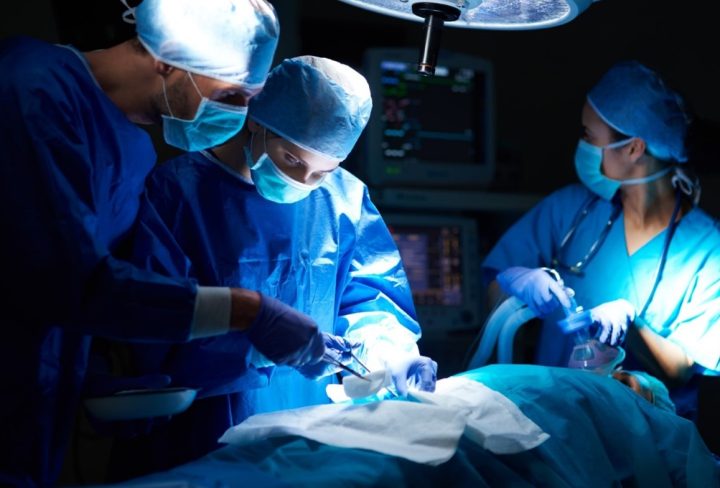If your prostate grows too big, your doctor may suggest a surgery called transurethral resection of the prostate (TURP surgery). It can improve the discomfort or pain related to an enlarged prostate.
Men’s seminal fluid is produced by a walnut-sized gland called the prostate. It’s normal for your prostate to increase in size as you age. In every five males aged 50-60 are experiencing this condition. An estimated 60% of males above age 70 have prostate issues. TURP is a common surgical procedure used to treat benign prostatic hyperplasia (BPH).
If you are experiencing symptoms of an enlarged prostate, your doctor may recommend medication or other therapies. If such therapies fail, they may suggest TURP surgery.
The TURP surgery might be necessary if:
You have slow urination. Symptoms of urinary problems include repeated Urinary tract infections (UTIs), bleeding from the prostate, bladder stones, and kidney damage.
To reach the prostate during TURP, a specialist inserts a thin tube-like piece of equipment called a resectoscope into the urethra. A wire circle that is used to remove extra prostate tissue from the urethra is highlighted toward the conclusion of the resectoscope. As a result, this tissue is finally drained into the bladder and removed from the body. TURP is seen to be a less invasive technique. It also works well for side symptoms including recurrent urination, an unlucky urine stream, and difficulties starting or stopping urination.
Recovering from TURP
It is common to feel tired for about 1 – 2 weeks after surgery and rest for about 4 – 8 weeks (about 2 months).
Avoid lifting heavy objects, doing strenuous exercise, driving, and having sex for a few weeks.
It’s normal to have some difficulty urinating and blood in urine, sometimes for a few weeks. These problems usually get better as you recover.
Advantages of TURP
· Minimally invasive
· Minimal bleeding
· Faster recovery
· Low risk of complications
· Low operating time
· Low risk of impotence
A few post-surgical complications may arise for patients, such as blood in the urine, urinary tract infections, or short-term issues controlling the flow of urine. These unintentional side effects usually disappear on their own in less than fourteen days.
TURP is a safe and effective therapy for (benign prostatic hyperplasia) BPH.
If you are experiencing adverse effects from BPH, determine whether TURP is the most appropriate course of treatment for you.

